Email overload is not so much about volume; it's a lack of process.
What’s the first thing that comes to mind when you are asked what is your biggest challenge, frustration or problem when it comes to managing your email?
When I ask this question, the first issue mentioned is inevitably the volume of email received - ‘too many’, ‘too much’ etc. Close behind this are complaints about the amount of spam and cc email received. What is often not so quickly mentioned is the frustration at re-reading the same email multiple times and the constant anxiety and low-level stress of trying to keep track of everything.
The reason most people have this problem can be seen in the model shown below, which shows that for any organisation there are people, processes, and tools, technology, apps - what I call platforms.
In the overlap where you have people working with technology without a good process, they quickly get overloaded. The volume of emails, texts, social media messages etc very quickly overwhelm people if they don't have a good process for handling them.
In the overlap where you have people working with a good process but their tools, software or platforms are out of date, it makes work slower and more laborious.
In the overlap where there is a good process and good technology but the people haven't been trained in the process or shown how to make the best use of the technology, there is unfulfilled potential and productivity in the people and under-utilised or wasted resource in the technology.
The missing piece when it comes to being effective with email is a lack of good process. In any organisation, there will be 5, 50 or 500 people but there will be just one process for things like raising a purchase order, applying for leave, paying an invoice etc. But when it comes to email, there are as many different processes as there people using email. Each individual is doing the best they can with what they know but they are not using a best practise approach. Email seems to have escaped the standardisation, systemization and streamlining that has occurred for so many other business processes.
However, we have been using email for long enough now to have plenty of research into what are the best practices for managing email effectively. As productivity guru David Allen has said, the timeless solution for managing your workload regardless of the technology involved, is these three steps;
you need a process that is consistent, reliable and requires a minimum of energy to perform
you need to apply some mental rigour to make a decision and identify the ‘next action’ needed for each message
you need a system you can trust that will capture the results of your thinking and decision making
And I would add to that third point that ‘you need a system you can trust to store WHAT you need, WHERE you need it, until WHEN you need it’.
This is why the inbox has proved so problematic for so many people for so long. It allows you to keep what you need and where you need it (in the inbox), but it does not help you identify WHEN you should pay attention to it. As a result, we have to reprioritize the inbox every time we visit it, scanning the contents, re-reading and re-analysing emails time and time again and cherry-picking the ones we choose to action.
This can be a major source of the decision fatigue which drains our mental energy and dulls our focus for more important work. A breakthrough comes when we can capture the WHEN we will action an email decision in the inbox. Adding this extra dimension allows you to handle each email only once and then work on your emails in order of priority each day, with a note capturing the next action required (so you don't have to reread the email to work it out again), and only giving your attention to them on the date that you've chosen.
Getting the inbox organised in this way saves an enormous amount of time and energy otherwise spent prioritising and re-prioritising the inbox every time you visit it. It also saves an enormous amount of headspace and frees you from having to memorise and keep track of everything mentally. A good process like this cuts through email volume like a hot knife through butter. It helps to get control of your inbox, feel much more organised, in control and less stressed and overwhelmed. You can finish each day feeling up to date and on top of everything.
So many of my clients who have learned this process say it has changed their life. Many also tell me that, after using it for some time, they wonder how they coped previously and couldn't imagine ever going back to their old way of managing email.
So next time you’re tempted to blame email volumes for your struggles, remember that it’s more likely to be your lack of or an inadequate system or method for processing them.

